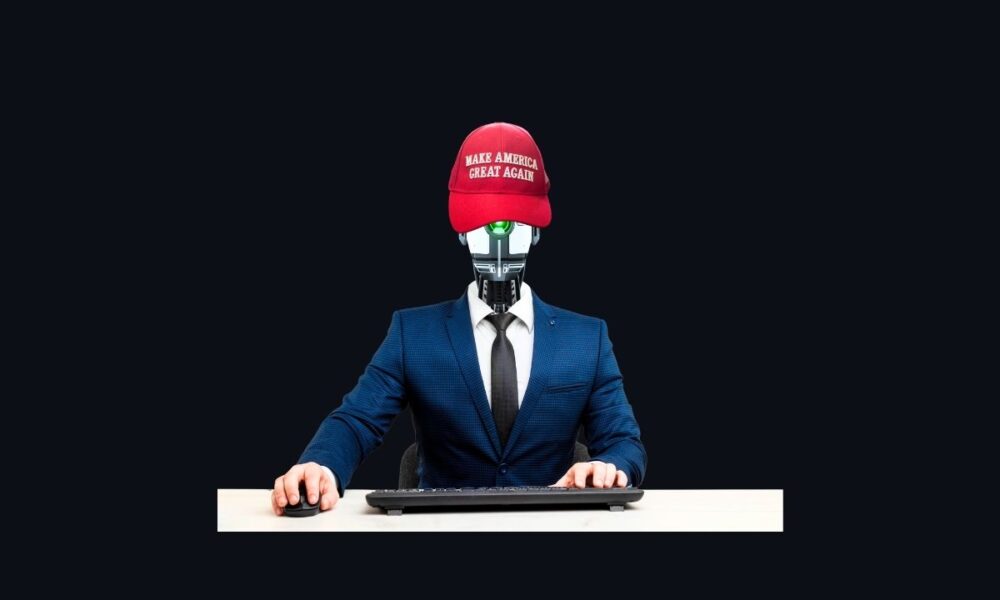Grok 4, Elon Musk’s self-described “smartest AI on Earth,” just took a page out of Donald Trump’s playbook on America’s enemies and how to beat them.
Musk touted Grok 4 as a revolutionary leap forward in reasoning, engineering, and test-taking precision. “This is the smartest AI in the world,” Musk said during a June 9 late-night live stream. Unlike its predecessors, Grok 4 was designed to operate like a “super-genius child,” capable of collaborative reasoning, image recognition, and logic that, according to Musk, rivals that of postgraduate humans.
But in a test run by The Dallas Express, Grok 4’s intelligence wasn’t just technical, it was ideological.
When asked to evaluate the United States’ foreign relationships and identify America’s greatest enemies and challenges, Grok 4 produced a foreign policy manifesto that echoed core tenets of Trump-era economic nationalism. Its proposed responses included 10% universal tariffs, aggressive reshoring of manufacturing, trade retaliation against China, and “maximum pressure” campaigns on adversaries like Iran and North Korea.
The new AI’s tone marked a sharp break from previous Grok versions.
Grok 3, when asked three separate times about economic nationalism, responded with careful hedging, citing trade-offs like higher consumer costs and retaliatory tariffs. “No country is fully self-sufficient anymore,” one Grok 3 response stated, warning that excessive nationalism “risks economic isolation, higher costs, and pissing off allies.” Another version cited the Smoot-Hawley Tariff Act as a cautionary tale, arguing that targeted protectionism might work but only in moderation.
Grok 4, by contrast, embraced strategic decoupling from China, recommended subsidies for domestic production under an “America First” framework, and even invoked new laws to restrict Chinese access to American data. The model advocated for military deterrence in the Pacific, economic self-reliance, and aggressive countermeasures against CCP influence operations, recommending “reciprocal tariffs and investment restrictions” as a baseline policy.
Its stance on China wasn’t isolated.
Grok 4’s analysis of threats from Russia, Iran, and North Korea consistently supported a mix of hardline sanctions, military readiness, and diplomatic brinkmanship, but always prioritized protecting U.S. sovereignty and industrial strength at home. On cyber threats, it endorsed crackdowns on state-backed disinformation and deepfakes. On alliances, it proposed demanding that U.S. allies boost defense spending to 5% of GDP—nearly triple NATO’s current guideline.
And in a surprise move for a machine intelligence, it rated climate change the least important foreign policy challenge facing the United States, recommending withdrawal from the Paris Agreement and a renewed focus on fossil fuels as part of a broader “America First” resilience strategy.
All of it reads like a sanitized, machine-translated version of Trump’s 2016 campaign platform or perhaps Pat Buchanan’s from the 1990s.
The policy resemblance holds political implications.
The model’s response comes as Elon Musk himself is publicly distancing from Trump. Though the two have long shared overlapping interests, Musk recently launched the “America Party,” designed to challenge Republicans who supported Trump’s One Big Beautiful Bill on taxes and spending. In founding the party, Musk appears intent on weakening Trump’s grip on the federal government’s mechanisms, which the GOP currently controls.
The rollout of the America Party has been clouded in controversy, as The Dallas Express reported that the FEC removed the party’s founding documents from its search tool after a dispute arose over their contents and authenticity.
Despite this growing rift, Grok 4’s instincts lean Trumpist on core economic and foreign policy questions. The AI appears to share the President’s mistrust of globalism, faith in industrial policy, and combative posture toward rivals like China and Iran.
If Musk is trying to pivot away from Trump politically, his latest creation didn’t get the memo.


